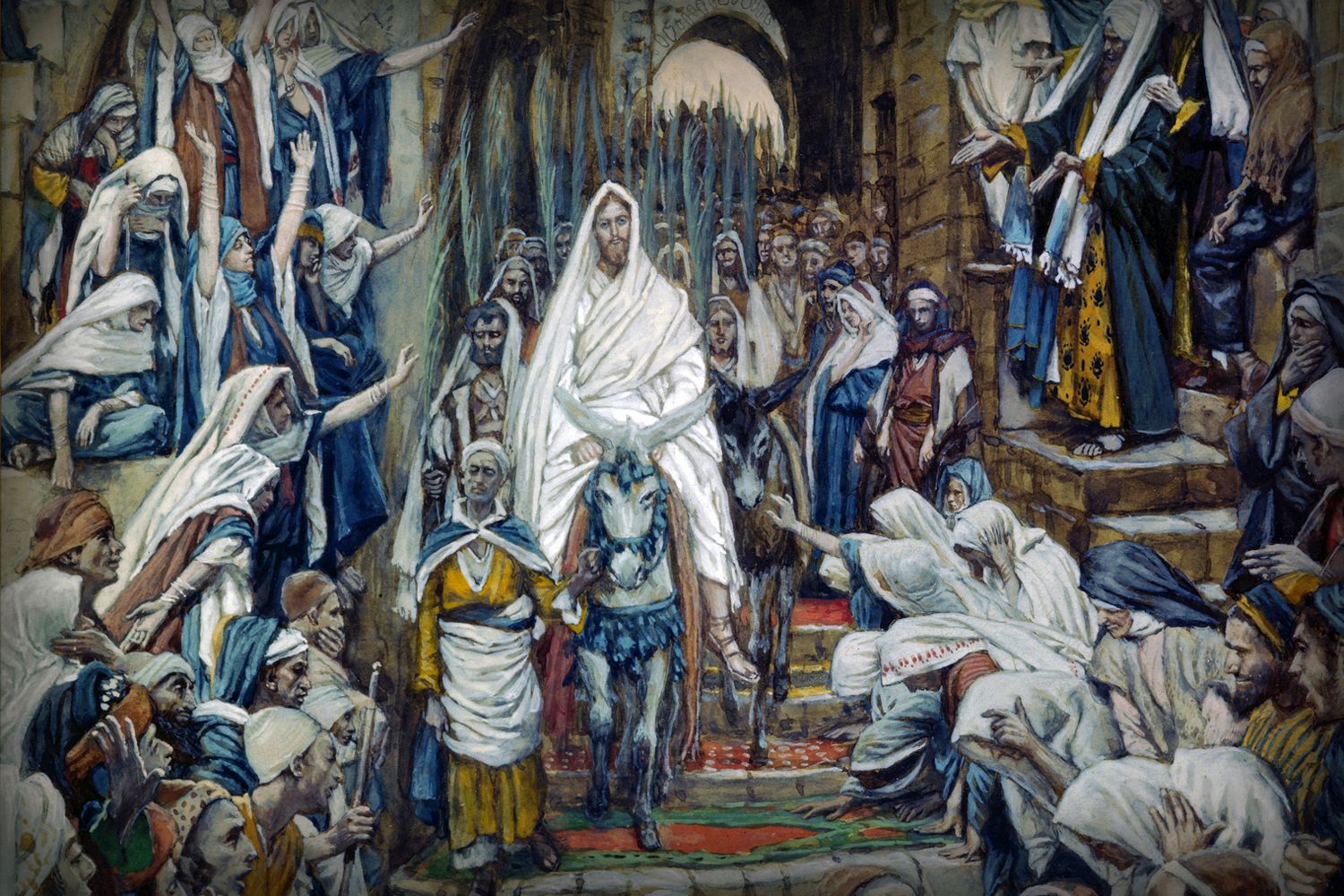Last Friday marked the thirtieth anniversary of the Baltic Way, the peaceful political protest that helped put in the final nail in the Soviet Union’s coffin. Faced with economic stagnation, a humbling defeat in the Soviet–Afghan War, and unprecedented political freedom from Mikhail Gorbachev’s glasnost reforms, the Soviet Union’s moral decay and institutional rot reached a fever pitch in the summer of 1989. Then on August 23 that year, nearly two million people in Soviet-occupied Estonia, Latvia, and Lithuania gathered in civil defiance of their occupiers and held hands to form a human chain nearly 420 miles long, spanning across the three countries.
This event, known as the Baltic Way, was steeped in powerful political symbolism. The demonstration was deliberately planned to coincide with the fiftieth anniversary of the signing of the Nazi-Soviet Molotov-Ribbentrop pact, when in 1939 Hitler and Stalin collaborated to conquer Eastern Europe. Less than two years later Hitler turned on Stalin, but from the Baltic perspective, the so-called Soviet “liberation” of their nations from the Nazis is more accurately described as an exchange of one set of foreign occupiers for another.
In response to the Baltic Way, Kremlin state-run media accused the protestors of being members of extremist nationalist groups who oppressed Soviet Baltic citizens still loyal to the USSR. The Kremlin’s propagandistic spin didn’t matter. Critical masses in the Baltic states wanted to reconnect with their pre-annexation democratic political traditions, and bitter memories of repressions under Stalin were still fresh. The Soviet Union lost the war for hearts and minds in the Baltic states.
Less than seven months later on March 11, 1990, Lithuania became the first Soviet socialist republic to declare independence from Moscow, setting off a domino effect when other Soviet republics declared their own independence. By December 1991, the Soviet Union was officially dissolved and cast upon the ash heap of history. Millions were liberated and the Cold War was declared over. Freedom, democracy, and self-determination won.
As a case study in American foreign policy, our handling of the annexation of the Baltic states demonstrates how long-term non-recognition is an important foreign policy tool. Since 1940, even as a wartime ally of the Soviet Union in World War II, the United States engaged in a policy of Baltic annexation non-recognition; the United States never recognized Moscow’s annexation and occupation of the sovereign nations of Estonia, Latvia, and Lithuania, and characterized Soviet governance in the region as illegitimate.
A naïve critique of America’s Baltic annexation non-recognition policy posits America made a mistake. Some could argue that during the Cold War the policy worsened the relationship between Moscow and Washington, stalling important progress in potential spheres of cooperation. Under this reasoning, perhaps Washington could have conceded the Baltics to Moscow as a strategic bargaining chip to broker some grand diplomatic deal. More broadly, some scholars similarly argue that America “often overextends itself and applies its moral voice without consideration for its likely effectiveness,” and that it would be better to refrain from making normative statements about other state actors’ actions when those states “ignore moral condemnations” or “do not face concrete consequences for their continued abuses.” This is realpolitik, after all.
This utilitarian reasoning, in addition to recklessly incentivizing annexations of sovereign states and salami tactics, would delegitimize the United States as the global champion of freedom. Thankfully in the case of the Baltic states, sounder reasoning prevailed. By providing moral support to the occupied Baltic states, the United States government, though its policy of non-recognition, helped facilitate and maintain the hope that one day the Baltics would be free again. The underground Baltic resistance clung onto this hope for decades, keeping alive the dream of freedom for a time when independence would be more attainable.
When America first adopted Baltic annexation non-recognition in 1940, there was no ostensible path for Baltic liberation. What the Soviets did not count on was that the US non-recognition policy was crafted with the long-term in mind. While the Soviets may have won the battle, they would go on to lose the war. Unpredictable winds of political change providentially changed key factors; decades of Soviet ideological rot and Gorbachev’s political reforms made the once far-fetched dream of Baltic independence feasible. Without the hope created by America’s Baltic annexation non-recognition, it is impossible to gauge how attitudes toward the Soviets’ claim to the Baltics may have evolved. While predicting alternative history is purely speculative, it underscores the importance of America’s voice as a moral authority in backing international norms. This was true for America’s foreign policy toward the Baltics in the 1940s, and it is true for American foreign policy challenges today.
Many of my colleagues and I were deeply disappointed to hear President Donald Trump suggest last week that Russia’s membership in the G7 be reinstated. At a minimum, this demonstrates a failure in the president’s understanding of why Russia was removed from the G7 in the first place and the logic behind non-recognition policies. Russia was removed in March 2014 due to its annexation of Crimea and aggression in eastern Ukraine.[1] Regarding President Trump’s statement, President of the European Council Donald Tusk rightly stated, “Under no condition can we agree with this logic.”
While Crimea may not be returned to Ukraine for decades, Putin’s Kremlin will not last forever. Since the future global political landscape is unpredictable, America has the responsibility as the leader of the free world to provide clear and consistent messaging on issues of freedom and the rule of law. President Trump should know that in the long run Crimean annexation non-recognition will pay off, just as 50 unwavering years of the United States’ Baltic annexation non-recognition policy eventually paid off. G7 membership suspension tied to Crimean annexation non-recognition imposes little costs to the US, and under no circumstances, other than the rightful return of Crimea to Ukraine, should our policy of Crimea non-recognition be reversed. If the Ukraine crisis isn’t solved in our lifetime, it is at least our responsibility to ensure the proper conditions so that in the end democracy and the rule of law will triumph over tyranny. This necessitates clear and consistent messaging denouncing such actions. The United States, as the symbolic torchbearer of freedom, should take the moral high ground and unequivocally express solidarity with the pro-democratic and freedom-loving peoples of the world.
Paul Miller has written in these pages why the rhetoric of freedom matters. The Baltic Way highlights the importance of non-recognition and punitive policy tools, such as diplomatic ostracism and economic sanctions, that maintain diplomatic pressure, boost morale for freedom fighters, and enforce international norms. The oppressed Baltics under the Soviets have several modern analogues that all deserve the US government’s public support: Uighurs in western China, Ukrainians under Russian occupation, and pro-democratic protesters in Hong Kong (who recently formed their own “Hong Kong Way”). In these challenging cases we must rely upon the rhetoric of freedom and other tools, such as non-recognition and diplomatic ostracism, to effect changes that military action cannot.
As the case of the Baltic states demonstrates, just because the desired solution may not seem presently possible does not preclude a future solution in God’s timing. Symbolic gesturing and the rhetoric of freedom are important in maintaining diplomatic pressure against authoritarian regimes and keeping the hope of freedom alive in places where it is under threat. Backing away from our values in crude attempts to win fleeting favor with dictators is not the American way of leadership.
[1] One can also make the argument that Russia definitionally does not belong in the G7. The G7 is comprised of the world’s seven largest advanced economies according to International Monetary Fund data. According to the IMF’s April 2019 World Economic Outlook, there are 39 advanced economies, among which Russia is not included; the IMF instead classifies Russia as a developing economy. The addition of Russia to the G8 in 1997 was essentially a political favor—an expression of goodwill toward a Russia whose pride had been injured due to fall of the USSR. Russia has since repaid this favor by doubling down on authoritarianism and attacking Georgia and Ukraine. The removal of Russia is thus an appropriate response.







 Sponsor a student for Christianity & National Security 2024
Sponsor a student for Christianity & National Security 2024